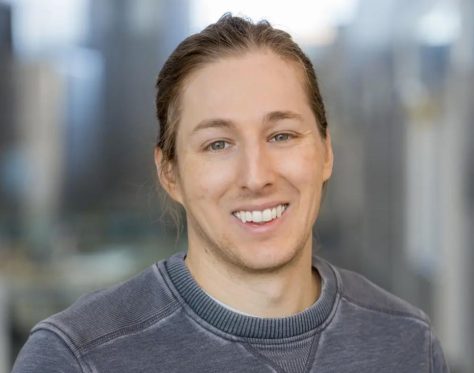MSE Seminar Series: Ultraclean 2D Materials for Ferroelectricity, Superconductivity, and Topological Phenomena

Speaker
Daniel A. Rhodes
Assistant Professor, Materials Science and Engineering
University of Wisconsin-Madison
Abstract
Electrostatic control over states that interact with superconductivity and understanding how these states compete with or enhance superconductivity is a longstanding goal in the condensed matter community. Part of realizing these interactions is solving materials challenges posed by considerable amounts of disorder, both extrinsic and intrinsic in the 2D limit. I will begin this talk by highlighting the difficulties and challenges that face the 2D community when it comes to exploring new kinds of 2D materials and some potential solutions to overcoming these challenges, particularly for transition metal dichalcogenides. Subsequently, I will follow up with an example of the new kinds of physics that such control over materials quality can allow us to explore: the interaction between ferroelectricity and superconductivity. Up to now, studying the interaction between these two electronic states has been impeded by their seemingly contradictory conditions: one requiring low carrier density with little screening and the other with significant carrier densities and screening. Clean 2D materials with interlayer polarization present a new opportunity to study this interaction, as well as a host of other interesting electronic phenomena like: quantum spin Hall insulator stands and the quantum Hall effect. I will discuss the first observation of such a material, bilayer Td-MoTe2, where both ferroelectricity and superconductivity can be realized under the same conditions and their interaction can be directly probed by electrical transport measurements. In addition, I will elaborate on how the influence of an electrostatic gate allows us to identify a unique superconducting state in bilayer Td-MoTe2 and its profound influence even when no change in the chemical potential is made. Our results indicate that superconductivity in bilayer Td-MoTe2 can be completely quenched by an electrostatic gate, and that the superconducting behavior is connected to Fermi surface nesting between electron and hole pockets. If time allows, I’ll also discuss similar efforts on metastable 2D materials.
Biography
Since 2020, Rhodes has been an assistant professor at the University of Wisconsin-Madison in the Materials Science and Engineering Department. Rhodes originally earned his bachelor’s degree in mathematics and physics at Clemson University, and his PhD in physics at Florida State University, where he primarily worked at the National High Magnetic Field Laboratory synthesizing topological and superconducting bulk single crystals and measuring their Fermiology. From 2016 – 2019, Rhodes was a CNI postdoctoral research scientist at Columbia University, primarily working in the field of 2D materials. Since joining UW-Madison, Rhodes has continued to work both in synthesizing novel bulk materials and expanding the library of 2D materials and physical properties that can be realized therein and is recently a recipient of an NSF Career award in pursuit of these interests.